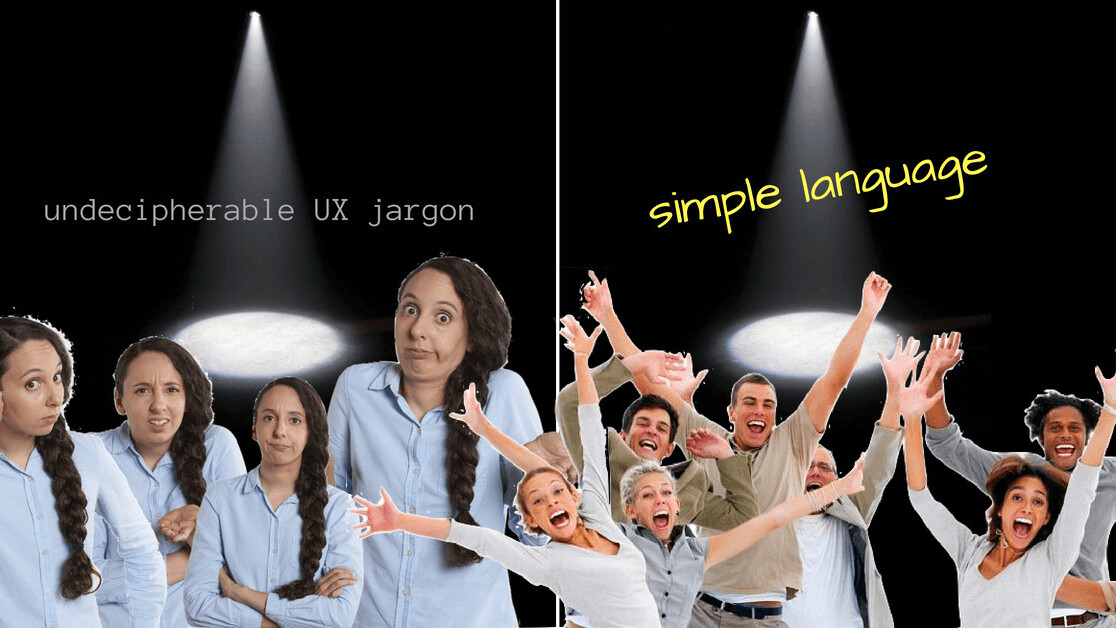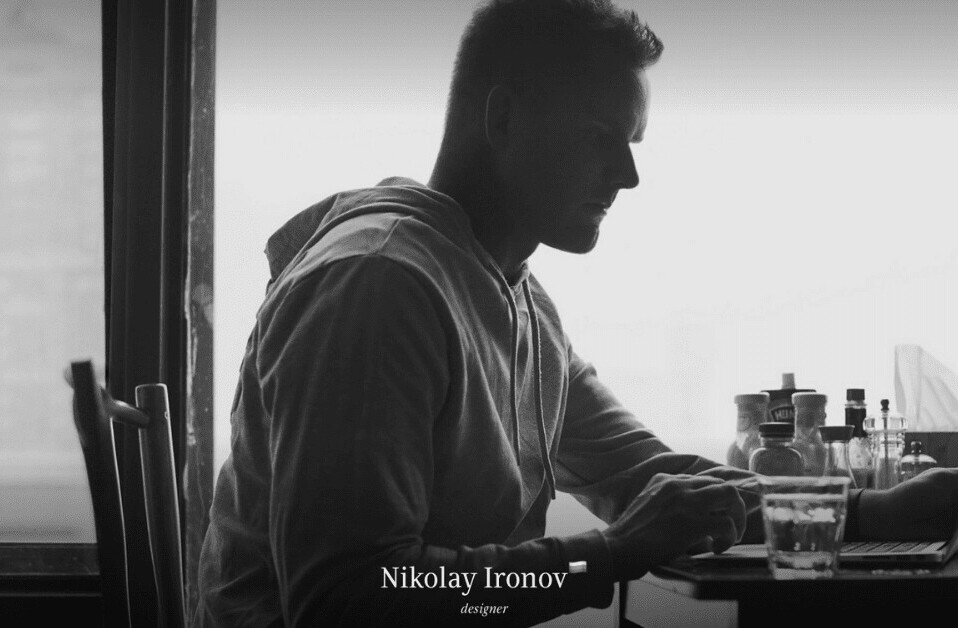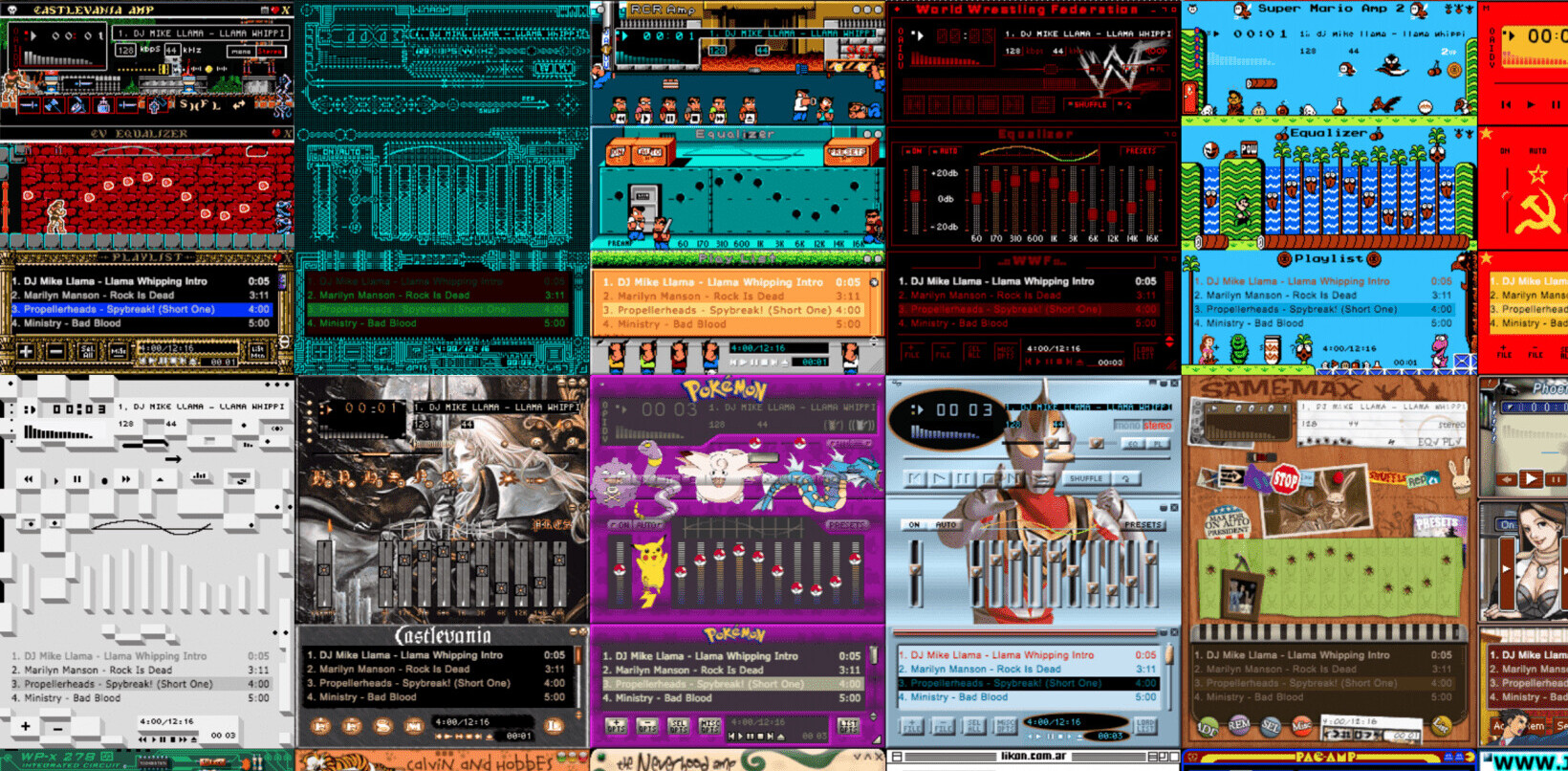
“On this screen, we have added a photo gallery. You can clearly see how it is inspired by Don Norman’s first level of visceral design, and how it utilizes some foundational Gestalt principles, helping achieve our graceful degradation strategy for pre-webkit browsers. It’s very gestural, intuitive, designed for millennials.”
Or:
“On this screen, we added a photo gallery. It anticipates what I’ll see in the next photo, and the fact it has rectangular edges makes it compatible with older browsers like Internet Explorer. Just by seeing a sneak peek of the next photo, I know I can swipe to browse through.”
Starting with the wrong assumptions
One of the problems of using UX jargon in a conversation is assuming everyone in the room will understand what “graceful degradation” means in that context, or that they have read the same Don Norman book you have. If they don’t understand what you are referring to, they will not always interrupt you to ask. Most people feel embarrassed to confess what they don’t know. And this can bring catastrophic consequences for your project.
…a heuristic evaluation combined with ethnographic research…
Protecting your specialist position
In many cases, the use of jargon is merely accidental — sometimes terms like “UI” or “parallax” will naturally come up as designers present the work to clients who have no idea what that means.
In other cases, it’s a defense mechanism. Using complex words make people sound smart; make them sound like the perfect specialist in that topic. Which then enables them to charge more to solve the problem.
Using plain English to explain each piece of the system you’re creating helps keep us honest and strips away unnecessary complexity. As a result, the interface itself becomes more honest, simpler. So does the user’s experience while interacting with your product.
“I didn’t have time to write a short letter, so I wrote a long one instead.” — Mark Twain
The endless cycle of jargon
But our industry requires designers to sell themselves as specialists. In certain places, simple, accessible language can be seen as ignorance. The corporate world gets excessively excited with the jargon it creates and loses track of what is natural or unnatural to say.
As a new technical term comes out, hundreds of courses, talks, e-books and blog posts start to pop up — claiming to teach you everything you need to know about [buzzword goes here]. You spend tons of money trying to catch up (“early bird tickets for only $999!”). When you finally overcome your impostor syndrome and feel confident enough to repeat that term out loud, the first thing you do is to update your Linkedin profile with that keyword — eventually fueling that same anxiety in other people.
We spend hours trying to solve the problems we create for ourselves.
…and the React Native framework will create cognitive dissonance with Hick’s Law…
How you communicate is also UX
The best UX designers I know can not only design interfaces that are simple to understand and use, but can also communicate in a simple and human way. They are thoughtful enough to simplify what they are saying or writing, simply because they care about the people receiving the message.
At some point in your career, creating great experiences for other people becomes more than a habit; it becomes a mission. And it ends up spreading to every single aspect of your life.
Get the TNW newsletter
Get the most important tech news in your inbox each week.




